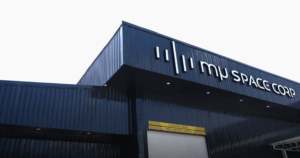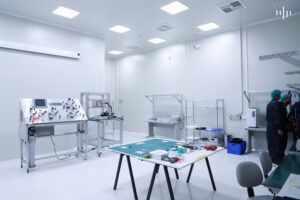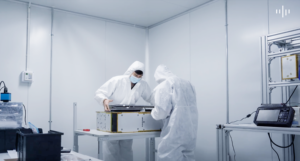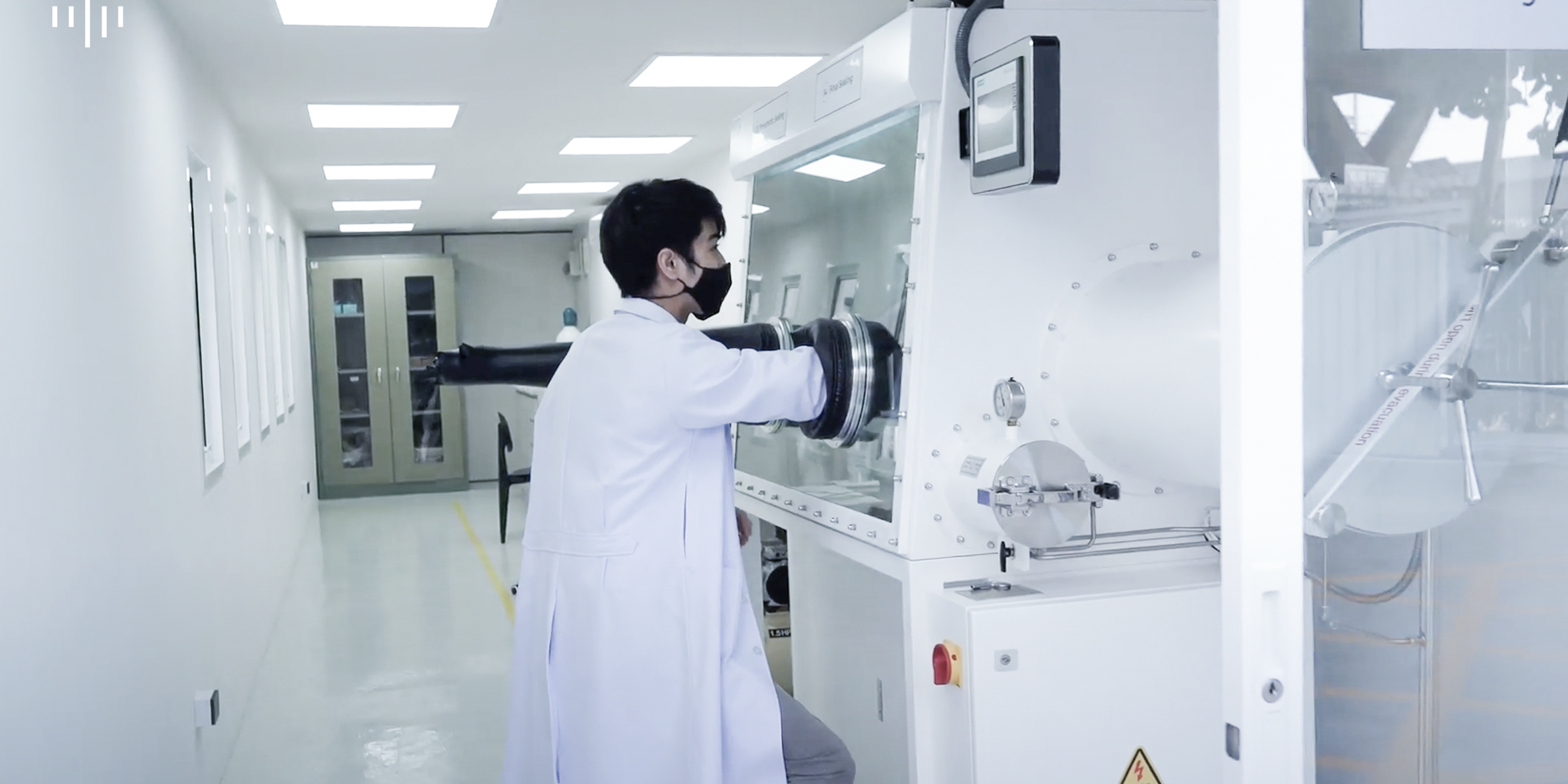Aerospace manufacturing requires a lot of teams working together and sharing their expertise, to complete a project successfully. The process usually involves teams having to work on personal projects, before joining forces with other teams to complete the full structure. In the case of mu Space, a satellite manufacturer based in Southeast Asia, the teams are divided into satellite, power systems, heavy machinery, robotics, and artificial intelligence. The satellite team is further divided into experts working on different components for the final product. Any manufacturing job would require long hours and dedication, however, in the case of aerospace manufacturing the extra time required for Research & Development, adds longer hours and requires more dedication. The day-to-day life of an aerospace engineer is never a quiet one, filled with challenges and possibilities.
mu Space Corp’s Factory 1, is the main hub for production, this facility is where most processes occur and houses the majority of the company’s engineers. The factory is broken up into different manufacturing zones including, the satellite zone, power system zone, heavy machinery workshop, and office zone. Each of these zones is dedicated to a specific team, with a Team Lead taking charge of the group. The team leader delegates tasks to other members of the group before they collectively proceed to work on a project. Overseeing the process as a whole is the Manufacturing Manager, whose job is also to order raw materials and equipment for the engineers. The manufacturing process at mu Space starts from designing to producing the final product, as the company follows a vertical integration strategy, where everything is built in-House from top to bottom.

From all the zones mentioned above, the heavy machinery sector carries a large load of the manufacturing process. This zone is where the CNC machine operates, a machine that is an integral part of the manufacturing process. The power system zone is further divided into 3 sectors, production, assimilation, and assembly. The battery team works closely with the satellite team as mu Space has a set focus to have a high-powered Power System. Another essential facility in a space factory is the cleanroom. This is where engineers and technicians work on developing materials that will be sent to space. The cleanroom eliminates tiny particles by employing HEPA filters, to keep a contaminant-free zone. The cleanroom is certified with an ISO 14644:2015.

Factory 0, the first facility opened by mu Space, is used for additive manufacturing. The factory, which opened a few months before Factory 1, houses a 3D-Printer that can print both plastic and metal, running it is a team of experts who are also responsible for functioning and maintaining the machine. The 3D-Printer can print both standard plastic and engineer-grade plastic, while also being able to print most types of metal, ranging from stainless steel to super-alloy. The additive manufacturing team plays a major role in the production process, due to being responsible for creating prototypes for other teams and their projects. Therefore, the additive manufacturing team also works closely with the design team to make sure of the correct details before ordering the print.

These are just some overall processes engineers go through daily when working at an aerospace manufacturer. Each process, however, goes into high levels of detail and precision to make sure that mu Space serves its customers with the highest quality product. mu Space will launch satellite components to the market within this year, the final product will represent the long hours spent on Research & Development, before additional hours spent in the production process.







